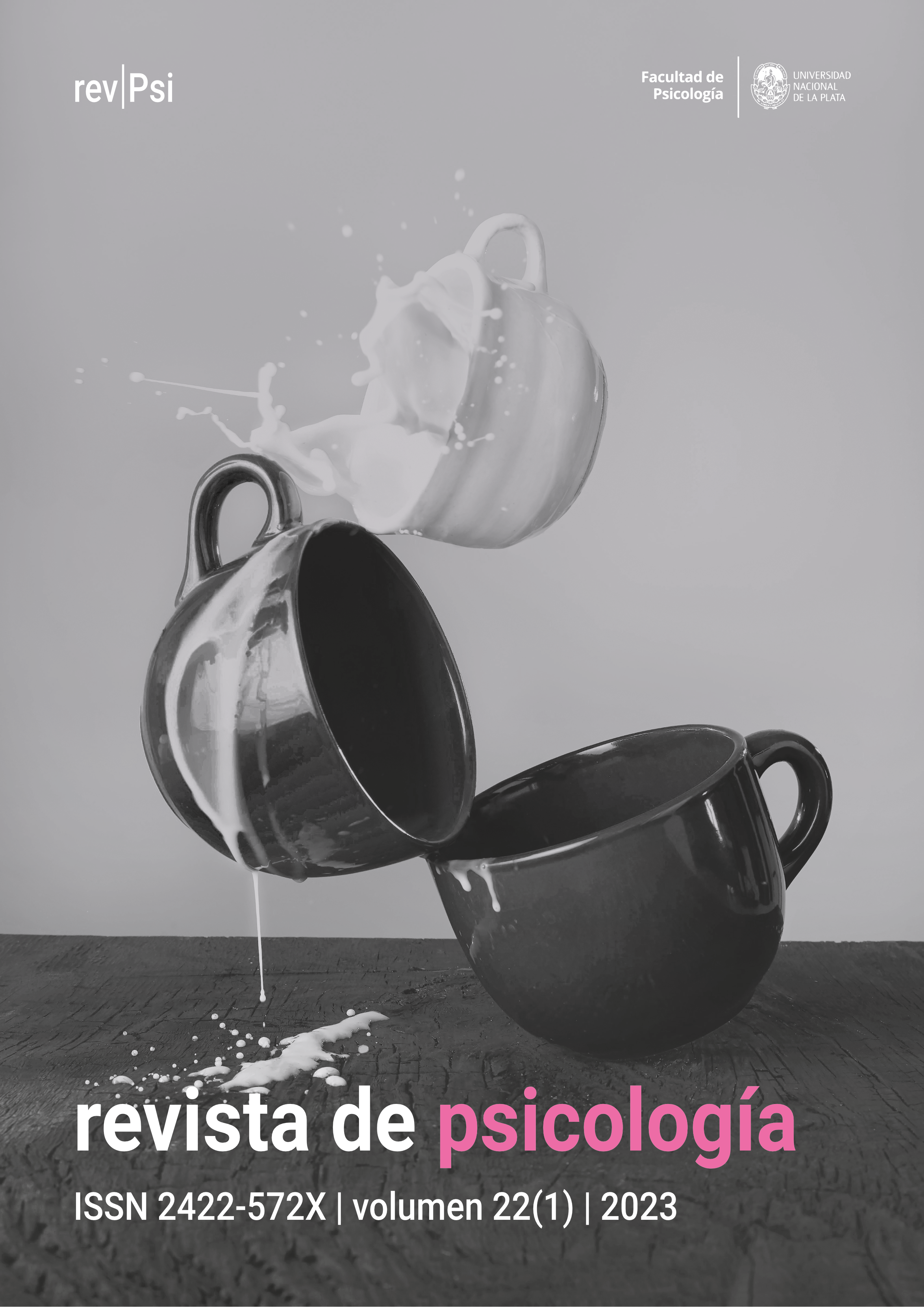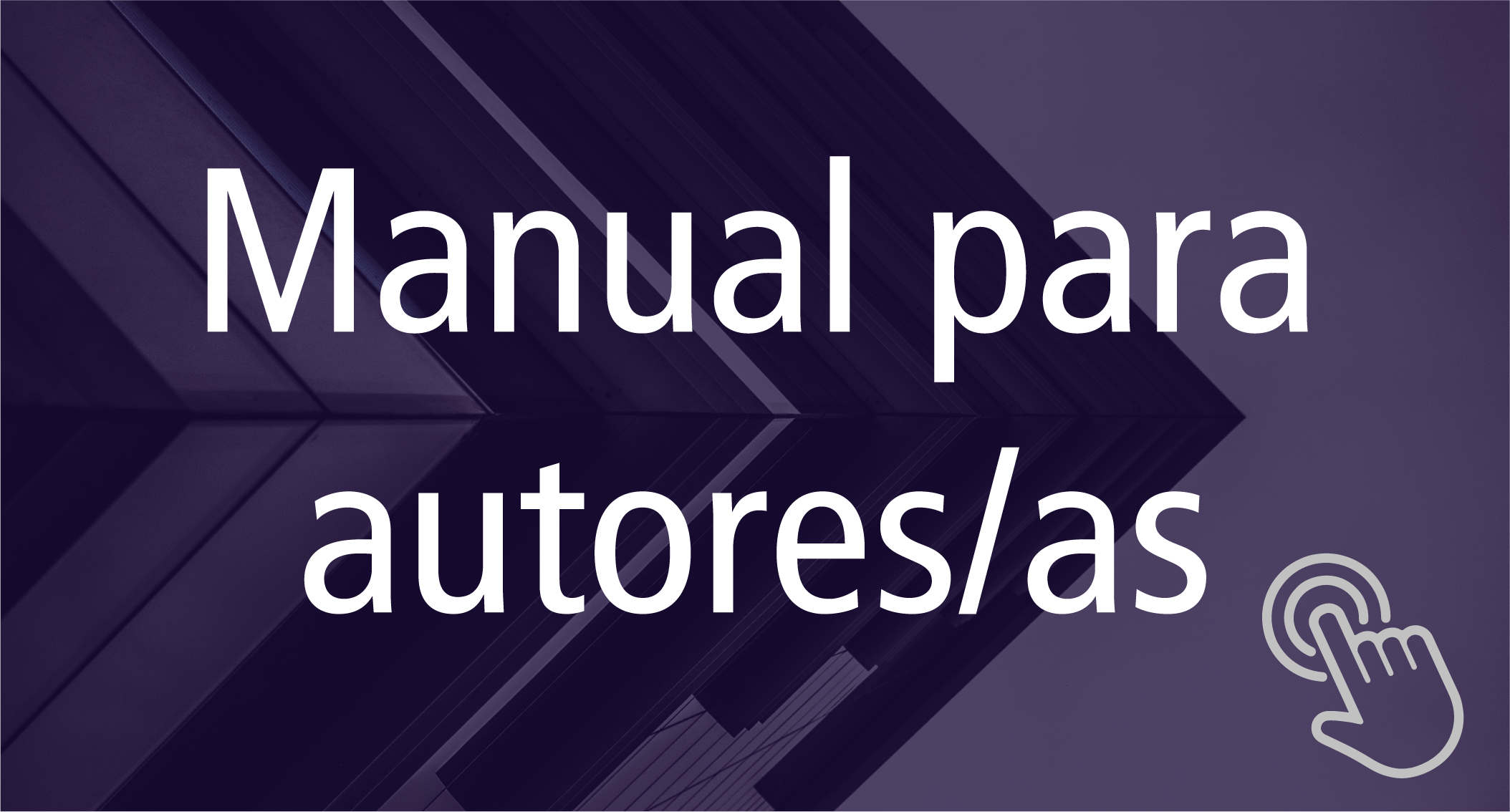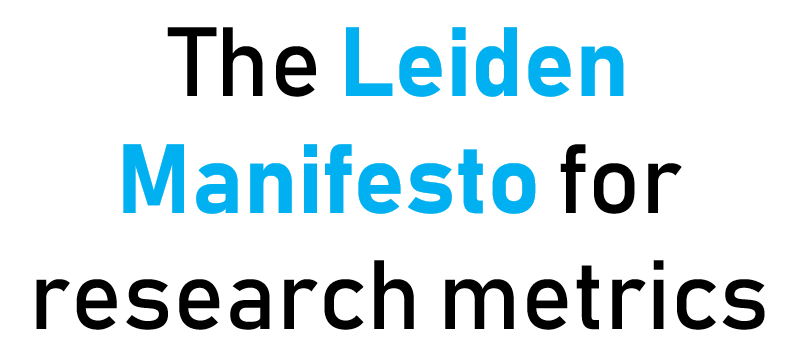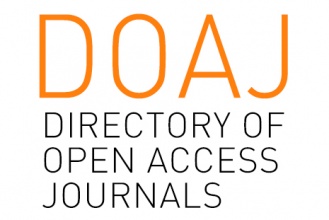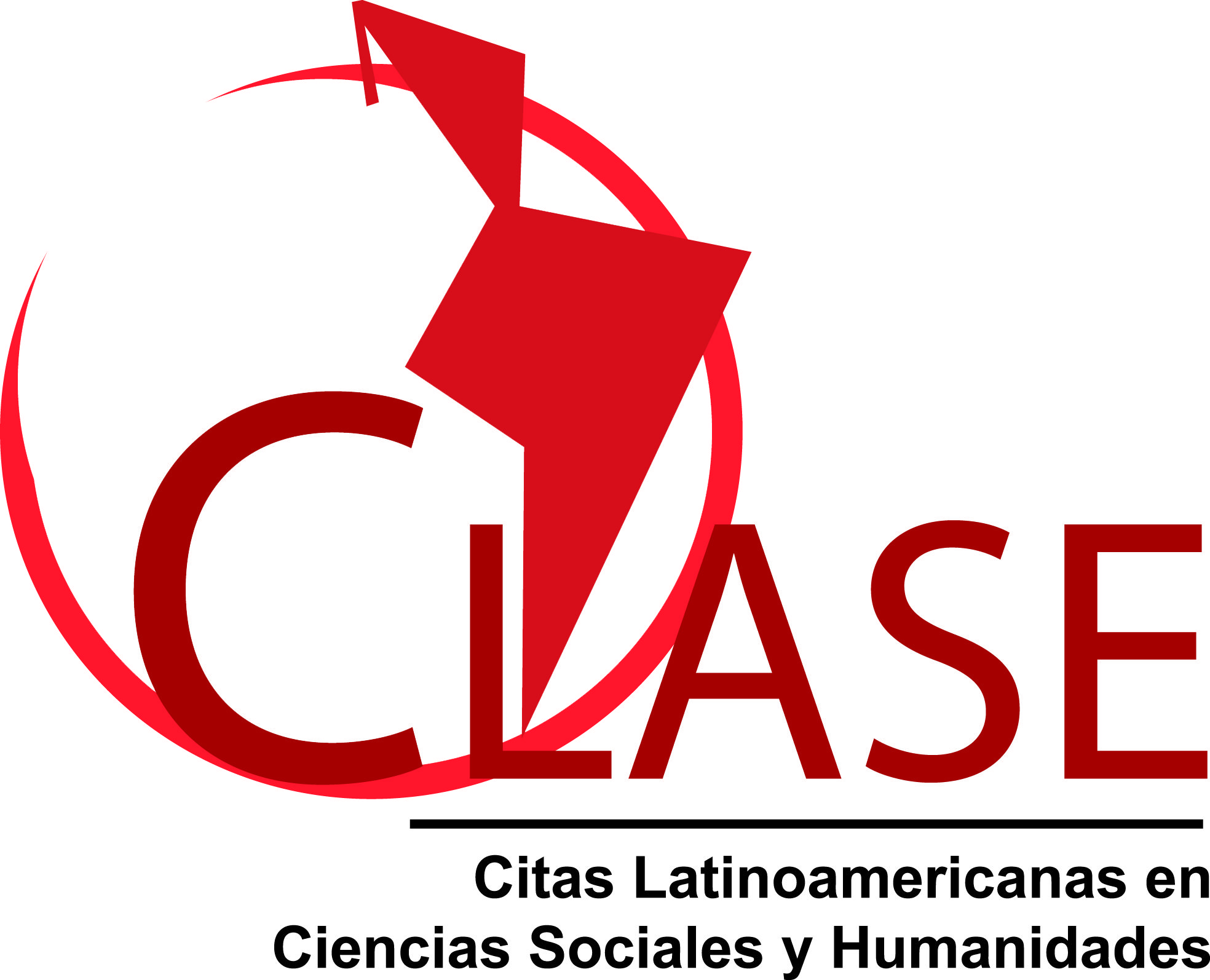El desarrollo de las interacciones triádicas tempranas
Dinámicas musicales de interacción en el primer año
DOI:
https://doi.org/10.24215/2422572Xe088Palabras clave:
interacciones triádicas tempranas, dinámicas musicales, mediación del adulto, materialidad, desarrollo tempranoResumen
El primer año de vida es crucial para el desarrollo del niño. En él se desarrollan habilidades cognitivas básicas que contribuyen a dar forma a sus interacciones diarias con los demás y con el mundo material, en las que la acción de los adultos es clave. Desde muy pronto, los adultos promueven instancias de interacción triádica (adulto-bebé-objeto) a través del uso de signos musicalmente organizados (e.g. gestos o demostraciones del uso de objetos) que facilitan su comunicación y co-regulación psicológica con el niño. Si bien la organización musical de las interacciones diádicas adulto-bebé ha sido ampliamente descrita desde las tesis sobre musicalidad comunicativa, su estudio en el marco de la triadicidad es aún limitado. Este artículo discute cómo la estructura y dinámicas musicales de las interacciones triádicas tempranas podrían contribuir a nuestra comprensión del desarrollo del niño, así como del impacto que supondría en él la mediación del adulto.
Referencias
Alessandroni, N., Moreno-Núñez, A., Rodríguez, C. y Del Olmo, M. J. (2020). Musical dynamics in early triadic interactions. A case study. Psychological Research, 84, 1555–1571. http://dx.doi.org/10.1007/s00426-019-01168-4
Álvarez, M. J. (2006). Interacción padres-niño en el primer año de vida. En Asociación Española de Pediatría de Atención Primaria (Ed.). Curso de actualización en pediatría (pp. 267-274). Exlibris.
Bates, E., Camaioni, L. y Volterra, V. (1975). The acquisition of performatives prior to speech. Merrill-Palmer Quarterly, 21(3), 205-226.
Bornstein, M., Tamis-LeMonda, C. S. y Haynes, O. M. (1999). First words in the second year: Continuity, stability, and models of concurrent and predictive correspondence in vocabulary and verbal responsiveness across age and context. Infant Behavior and Development, 22(1), 65-85. https://doi.org/10.1016/S0163-6383(99)80006-X
Cárdenas, K., Moreno-Núñez, A. y Miranda-Zapata, E. (2020). Shared book reading in early childhood education: Teacher’s mediation in children’s communicative development. Frontiers in Psychology. https://doi.org/10.3389/fpsyg.2020.02030
Costall, A. (2013). Things that help make us what we are. En G. Sammut, P. Daanen y F. M. Moghaddam (Eds.), Understanding the self and others: Explorations in intersubjectivity and interobjectivity (pp. 66–76). Wiley-Blackwell.
Csibra, G. (2010). Recognizing communicative intentions in infancy. Mind & Language, 25(2), 141-168. https://doi.org/10.1111/j.1468-0017.2009.01384.x
De Barbaro, K., Johnson, C. M. y Deák, G. O. (2013). Twelve-month «social revolution» emerges from mother-infant sensorimotor coordination: A longitudinal investigation. Human Development, 56(4), 223-248. https://doi.org/10.1159/000351313
Del Olmo, M. J, Rodríguez, C. y Ruza, F. (2010). Music therapy in the PICU: 0 to 6 months-old babies. Music and Medicine, 2(3), 158-166.
Dimitrova, N. (2020). The role of common ground on object use in shaping the function of infants’ social gaze. Frontiers in Psychology, 11, 619. https://doi.org/10.3389/fpsyg.2020.00619
Dimitrova, N. y Moro, C. (2013). Common ground on object use associates with caregivers’ gesturese. Infant Behavior and Development, 36(4), 618-626. https://doi.org/10.1016/j.infbeh.2013.06.006
Dissanayake, E. (2008). If music is the food of love, what about survival and reproductive processes? Musicae Scientiae, 12(1), 169-195. https://doi.org/10.1177/1029864908012001081
Eco, U. (1976). A theory of semiotics. Indiana University Press.
Español, S. y Shifres, F. (2009). Intuitive parenting performance: the embodied encounter with art. En J. Louhivuori, T. Eerola, S. Saarikallio, T. Humberg y P. S. Eerola (Eds.), Proceedings of the 7th Triennial Conference of European Society for the Cognitive Sciences of Music (pp. 93-102). ESCOM.
Español, S. (2011). El contacto psicológico entre cuerpos sonoros en movimiento. Nota editorial del número monográfico Intersubjetividad y Musicalidad Comunicativa. Psicología del Desarrollo, 1(2), 5-7.
Kärtner, J. (2015). The autonomous developmental pathway: The primacy of subjective mental states for human behavior and experience. Child Development, 86(4), 1298–1309.
Kärtner, J. (2018). Beyond dichotomies — (m)others’ structuring and the development of toddlers’ prosocial behavior across cultures. Current Opinion in Psychology, 20, 6–10.
Longhi, E. (2009). `Songese’: Maternal structuring of musical interaction with infants. Psychology of Music, 37(2), 195-213. https://doi.org/10.1177/0305735608097042
Longhi, E. y Pickett, N. (2008). Music and well-being in long-term hospitalized children. Psychology of Music, 36(2), 247-256. https://doi.org/10.1177/0305735607082622
Malloch, S. (1999). Mothers and infants and communicative musicality. Musicae Scientiae, 3(1), 29–57.
Malloch, S. y Trevarthen, C. (2009). Communicative musicality: Exploring the basis of human companionship. Oxford University Press.
Moreno-Núñez, A. (en prensa). Cuerpo, proximidad e interacción: algunas ideas sobre la acción del adulto en el desarrollo. En M. C. Piro y N. Alessandroni (Coords.), Cuerpo, época y presentaciones sintomáticas actuales. Universidad Nacional de La Plata.
Moreno-Núñez, A., Rodríguez, C. y Del Olmo, M. J. (2015). The rhythmic, sonorous and melodic components of adult-child-object interactions between 2 and 6 months old. Integrative Psychological and Behavioral Science, 49(4), 737-756. https://doi.org/10.1007/s12124-015-9298-2
Moreno-Núñez, A., Rodríguez, C. y Del Olmo, M. J. (2017). Rhythmic ostensive gestures: How adults facilitate infants’ entrance into early triadic interactions. Infant Behavior and Development, 49, 168-181. https://doi.org/10.1016/j.infbeh.2017.09.003
Moreno-Núñez, A., Rodríguez, C. y Miranda-Zapata, E. (2020). Getting away from the point: The emergence of ostensive gestures and their functions. Journal of Child Language, 47(3), 556-578. https://doi.org/10.1017/S0305000919000606
Moro, C. (2016). To encounter, to build the world and to become a human being: Advocating for a material-cultural turn in developmental psychology. Integrative Psychological and Behavioral Science, 50(4), 586-602. https://doi.org/10.1007/s12124-016-9356-4
Nakata, T. y Trehub, S. (2004). Infants responsiveness to maternal speech and singing. Infant Behavior and Development, 27, 455-464. https://doi.org/10.1016/j.infbeh.2004.03.002
Nomikou, I., Leonardi, G., Rohlfing, K. y Rączaszek-Leonardi, J. (2016). Constructing interaction: The development of gaze dynamics. Infant and Child Development, 25(3), 277-295. https://doi.org/10.1002/icd.1975
Papoušek, H. (1996). Musicality in infancy research: Biological and cultural origins of early musicality. En I. Deliège y J. Sloboda (Eds.), Musical beginnings. Origins and development of musical competence (pp. 37–55). Oxford University Press. https://doi.org/10.1093/acprof:oso/9780198523321.003.0002
Rodríguez, C. (2006). Del ritmo al símbolo. Los signos en el nacimiento de la inteligencia. Horsori.
Rodríguez, C., Basilio, M., Cárdenas, K., Cavalcante, S., Moreno-Núñez, A., Palacios, P. y Yuste, N. (2018). Objects Pragmatics: Culture and communication-the bases for early cognitive development. En A. Rosa y J. Valsiner, J. (Eds.) The Cambridge handbook of sociocultural psychology. Cambridge University Press.
Rodríguez, C., Moreno-Núñez, A., Basilio, M. y Sosa, N. (2015). Ostensive gestures come first: Their role in the beginning of shared reference. Cognitive Development, 36, 142-149. https://doi.org/10.1016/j.cogdev.2015.09.005
Rodríguez, C. y Moro, C. (1999). El mágico número tres. Cuando los niños aún no hablan. Paidós.
Rossmanith, N., Costall, A., Reichelt, A. F., López, B. y Reddy, V. (2014). Jointly structuring triadic spaces of meaning and action: Book sharing from 3 months on. Frontiers in Psychology, 5, 1390. https://doi.org/10.3389/fpsyg.2014.01390
Rossmanith, N., y Reddy, V. (2016). Structure and openness in the development of self in infancy. Journal of Consciousness Studies, 23(1–2), 237–257.
Shifres, F. (2007). La ejecución parental. Los componentes performativos de las interacciones tempranas. En M. Jacquier y A. Pereira (Eds.), Música y bienestar humano. Actas de la VI Reunión Anual de SACCoM (pp. 13-24). SACCoM.
Shifres, F. (2008). Expresión musical en la voz cantada y hablada en interacciones adulto-infante. En M. Jacquier y A. Pereira (Eds.), Objetividad-subjetividad y música. Actas de la VII Reunión Anual de SACCoM (pp. 83-93). SACCoM.
Shifres, F. y Español S. (2014). Algo más sobre el enlace entre la infancia temprana y la música: El poder expresivo del rubato. En S. Español (Ed.) Psicología de la música y del desarrollo. Una exploración interdisciplinaria sobre la musicalidad humana (pp. 9-43). Paidós.
Striano, T. y Reid, V. M. (2009). Social cognition, development, neuroscience and autism. Wiley-Blackwell.
Tamis-LeMonda, C. S., Bornstein, M. H. y Baumwell, L. (2001). Maternal responsiveness and children’s achievement of language milestones. Child Development, 72(3), 748-767. https://doi.org/10.1111/1467-8624.00313
Thelen, E., Schöner, G. Scheier, C. y Smith, L. B. (2001). The dynamics of embodiment: A field theory of infant perseverative reaching. Behavioral and Brain Sciences, 24, 1-86. https://doi.org/10.1017/S0140525X01003910
Tomasello, M. (1995). Joint attention as social cognition. En C. More y P. Dunham (Eds.), Joint attention: Its origin and role in development (pp. 103-130). Lawrence Erlbaum.
Tomasello, M. (2004). Learning through others. Daedalus, 133(1), 51-58. https://doi.org/10.1162/001152604772746693
Tomasello, M. (2008). Origins of human communication. MIT Press.
Tomasello, M. (2019). Becoming human: A theory of ontogeny. Harvard University Press.
Trehub, S. y Schellemberg, E. (1995). Music: Its relevance to infants. Annals of Child Development, 11(1), 1-24.
Trehub, S., Unyk, A. y Trainor, L. (1993a). Adults identify infant-directed music across cultures. Infant Behavior and Development, 16(2), 193-211. https://doi.org/10.1016/0163-6383(93)80017-3
Trehub, S., Unyk, A. y Trainor, L. (1993b). Maternal singing in cross-cultural perspective. Infant Behavior and Development, 16(3), 285-295. https://doi.org/10.1016/0163-6383(93)80036-8
Trevarthen, C. (2003). Conversations with a two months old. Whurr Publishers.
Trevarthen, C. (2009). Human biochronology: On the source and functions of “musicality”. En R. Hass y V. Brandes (Eds.), Music that works (pp. 221-265). Springer.
Trevarthen, C. y Hubley, P. (1978). Secondary intersubjectivity: Confidence, confiding and acts of meaning in the first year. En J. Lock (Ed.), Action, gesture and symbol: The emergence of language (pp. 183-229). Academic Press.
Tropea, A., Shifres, F. y Massarini, A. (2014). El origen de la musicalidad humana. Alcances y limitaciones de las explicaciones evolutivas. En S. Español (Ed.), Psicología de la música y del desarrollo. Una exploración interdisciplinaria sobre la musicalidad humana (pp. 150-181). Paidós.
Valsiner, J. (2000). Culture and human development: An introduction. SAGE.
Valsiner, J. (2014). An invitation to cultural psychology. SAGE.
Varela, F. J., Thompson, E. y Rosch, E. (1991). The embodied mind: Cognitive science and human experience. The MIT Press.
Vosoughi, S., Roy, B., Frank, M. y Roy, D. (10-14 de mayo de 2010). Effects of caregiver prosody on child language acquisition [Ponencia de Congreso]. 5th International Conference on Speech Prosody, Chicago.
Vygotski, L. (1984/1996). El primer año. En sus Obras escogidas IV. Psicología infantil (pp. 275-318). Visor.
Wallon, H. (1972). La evolución psicológica del niño. Psique.
Descargas
Publicado
Número
Sección
Licencia
Derechos de autor 2021 Ana Moreno-Núñez, Ainhoa Fernández-Alcaide, Noemí Martín-Ruiz

Esta obra está bajo una licencia internacional Creative Commons Atribución 4.0.
![]()
Los autores/as que publiquen en esta revista aceptan las siguientes condiciones:
- Los autores/as conservan los derechos de autor y ceden a la revista el derecho de la primera publicación, con el trabajo registrado con la licencia de atribución de Creative Commons, que permite a terceros utilizar lo publicado siempre que mencionen la autoría del trabajo y a la primera publicación en esta revista.
- Los autores/as pueden realizar otros acuerdos contractuales independientes y adicionales para la distribución no exclusiva de la versión del artículo publicado en esta revista (p. ej., incluirlo en un repositorio institucional o publicarlo en un libro) siempre que indiquen claramente que el trabajo se publicó por primera vez en esta revista.
- Se permite y recomienda a los autores/as a publicar su trabajo en Internet (por ejemplo en páginas institucionales o personales) antes y durante el proceso de revisión y publicación, ya que puede conducir a intercambios productivos y a una mayor y más rápida difusión del trabajo publicado (veaThe Effect of Open Access).

